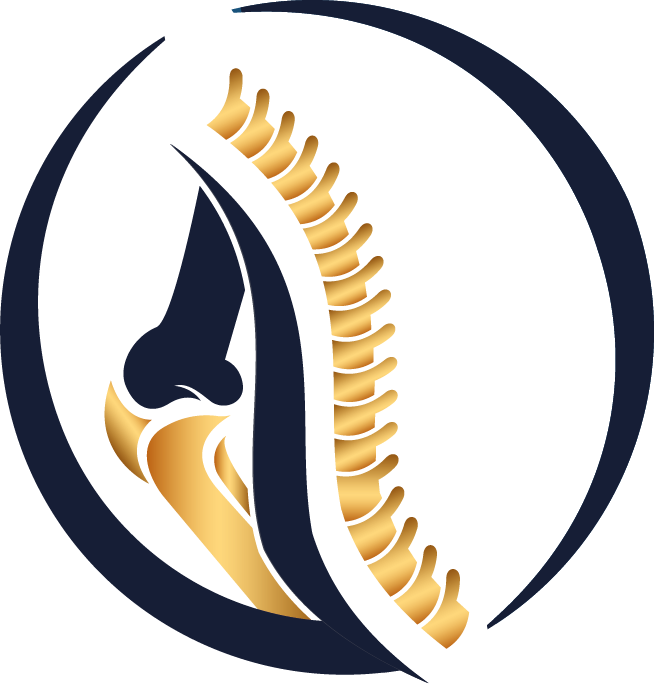Ankle (Talus) Cartilage Injuries in 2025: From Microfracture to AMIC and Metal Resurfacing
The ankle joint is one of the body’s most critical weight-bearing joints. Sports injuries, trauma, or repetitive stress can damage the cartilage surface of the talus bone. This condition often leads to pain, swelling, and limited motion, significantly reducing quality of life. As of 2025, with appropriate patient selection and modern techniques, success rates have improved considerably.
Diagnosis and Classification
In addition to clinical examination, X-rays and especially MRI are essential for treatment planning. In simple terms:
- Early stage: Superficial cracks or partial cartilage damage.
- Advanced stage: Deep lesions extending into subchondral bone, sometimes with cystic changes.
Treatment Options and Current Approach
1) Bone Marrow Stimulation (Microfracture)
For small, localized lesions (up to ~1 cm²), microfracture remains the most widely used first-line method. Tiny holes are created to allow marrow cells to migrate into the defect.
- Pros: Single-stage, relatively low cost.
- Cons: Long-term durability is limited; less effective for larger or cystic lesions.
2) AMIC (Autologous Matrix-Induced Chondrogenesis)
For larger or more complex lesions, AMIC builds upon microfracture by covering the area with a collagen matrix, enhancing tissue repair. Recent studies show more predictable and lasting results compared to microfracture alone.
3) Osteochondral Autograft Transfer (OATS, Mosaicplasty)
Healthy cartilage-bone plugs are taken from the knee and transplanted into the talar defect. Particularly useful in young, active patients with focal lesions, though donor site discomfort can occur.
4) Metal Resurfacing (“Roof” Implants)
In cases where biological techniques fail or with recurrent focal lesions, patient-specific metal resurfacing implants can restore the joint surface and rapidly reduce pain. Indications remain limited and require careful patient selection.
5) Emerging Therapies
Juvenile cartilage fragments, cell-based techniques, and other biologic strategies are under investigation. While promising, long-term outcomes are still being studied.
Preventing Complications
Success depends on an experienced surgical team, proper anesthesia management, and close post-operative monitoring. Incorrect indications and inadequate rehabilitation may result in early failure.
Rehabilitation and Return to Activity
- First 6 weeks: Gradual weight-bearing restriction.
- Personalized physiotherapy and strengthening programs.
- Return to sports: Usually 6–9 months depending on method and lesion size.
Summary algorithm: Small/localized lesion → microfracture; larger/cystic or complex lesion → AMIC/OATS; failed biologics or selected focal defects → metal resurfacing. Every case must be individualized.
Conclusion
By 2025, the roadmap for managing talar cartilage injuries has become clearer: accurate imaging, precise indications, and tailored rehabilitation enable durable outcomes. Dr. Sedat Duman and Dr. Muhammed Duman, with over 15 years of orthopedic expertise, provide the most reliable and up-to-date treatment strategies for their patients.
 Türkçe
Türkçe
 Arabic
Arabic
